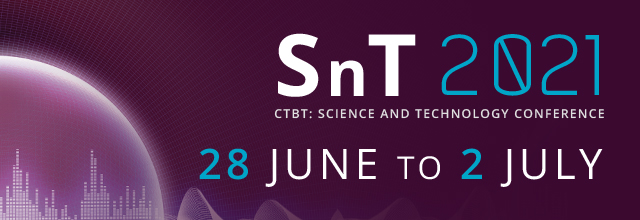Speaker
Description
The IDC investigates the utilization of High-Resolution Atmospheric Transport Modelling (HRATM) in the CTBTO’s aim to locate possible source regions after detections of radioactive substances through the International Monitoring System (IMS). Supporting the decision process, the IDC accomplished a case study with two approaches; using the current operational atmospheric transport model FLEXPART on a regional domain with 0.1 degree horizontal and 1 hourly temporal resolution, and the Weather Research and Forecasting Model (WRF) which serves as an interface between the driving meteorological data and the HRATM FLEXPART-WRF to further increase the resolution.
Optimizations of settings were done by a WRF sensitivity study. The performance was evaluated by using ATM backward simulations and their comparison with observational data which are comprised of seven episodes of elevated Xe-133 concentrations from the IMS noble gas system DEX33, located in Germany. Each episode consists of 6 to 11 subsequent samples with each sample being taken over 24 hours. Both FLEXPART models used the source terms from a medical isotope production facility in Belgium to simulate the resulting concentration time series at the DEX33 station. Statistical metrics are used for comparison.
Promotional text
This presentation describes the results from a case study which was conducted to support the decision process on applying HRATM at the CTBT. Simulation results from two HRATM approaches were compared to measurements from the IMS station DEX33.

